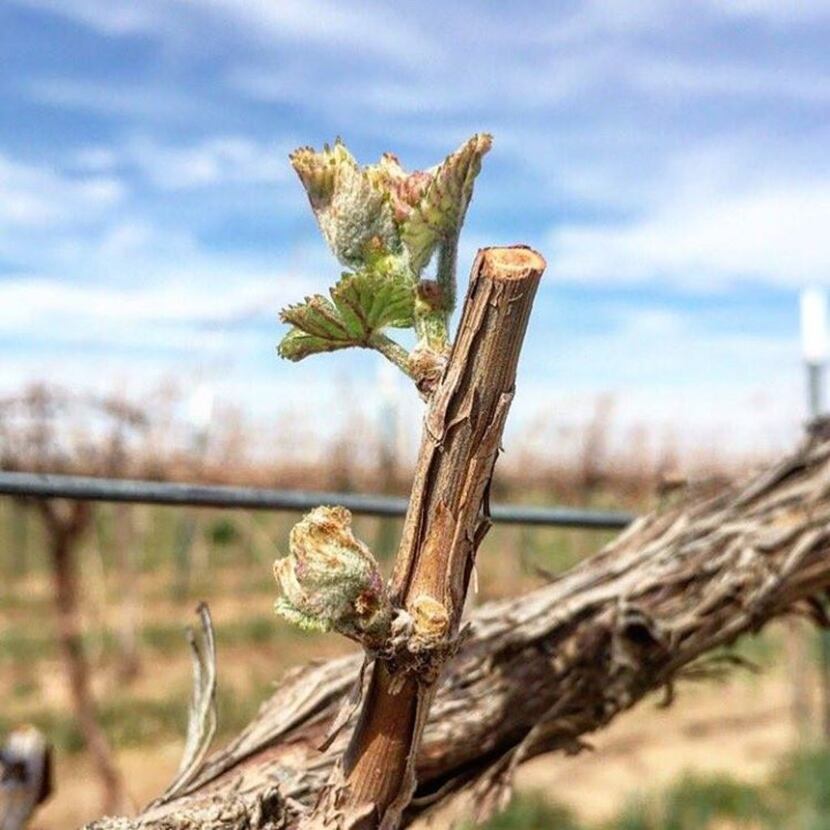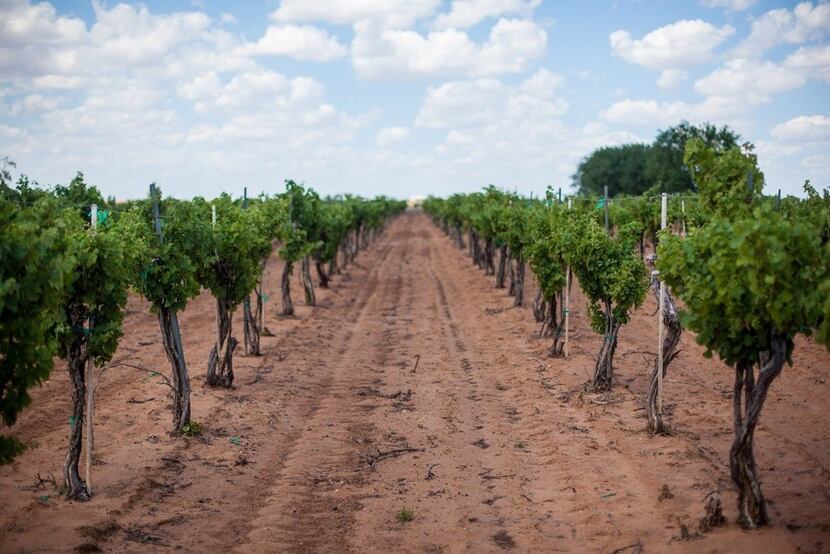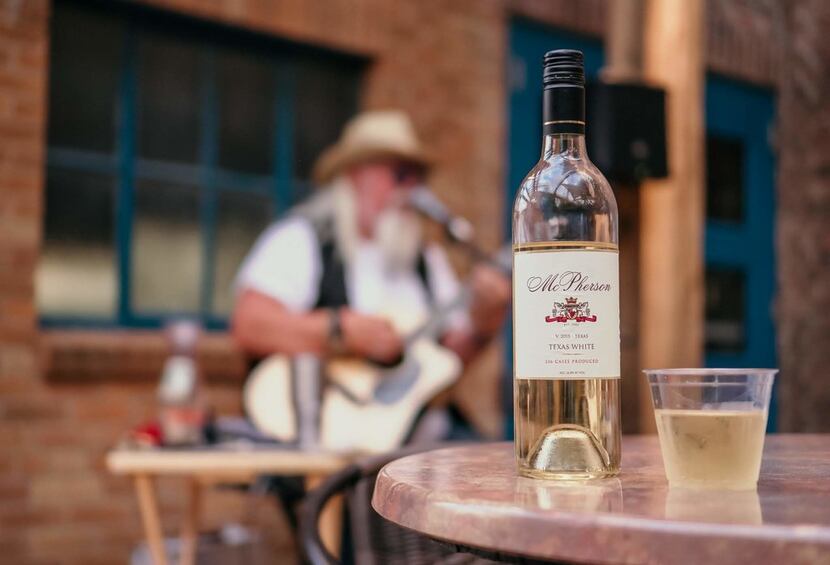The grape harvest in West Texas is crucial to the Texas wine industry, and this year has had its ups and downs.
The Texas High Plains AVA, centered around Lubbock, produces over 80 percent of Texas' wine grapes. And while the harvest in the Panhandle might seem removed from the well-known wineries of the Texas Hill Country, the majority of the High Plains grapes are made into wine in and around Fredericksburg.
"This year was a roller coaster," said Texas High Plains grape grower Steve Newsom of CapRock, the revitalized Lubbock winery where he is helping create the English-Newsom range of wines.
This is not an unusual statement from a grape grower in the Texas High Plains. But while Texas grape growers and winemakers are inured to Texas' mercurial weather, the suspense and exhilaration of the 2018 harvest surpassed most others.
The roller coaster began in late 2017, after a record-setting grape harvest for Texas, when rains partly supplied by Hurricane Harvey provided moisture to prepare the grapevines for the 2018 season.
"Wintertime water is more important than summertime water for the long-term longevity of the plants," High Plains grape grower Andy Timmons said.
With the abundant 2017 harvest and fall rains, the 2018 season seemed to be off to an auspicious start.

An arctic blast
After a relatively mild December in 2017 with temperatures averaging in the mid-50s, the arctic blast that hit the state in early January 2018 caused a sudden dip to 4 degrees. The temperature shock caused some grapevines to die.
Growers such as Tony and Madonna Phillips, who farm 20 acres of grapes among other crops just outside of Brownfield, suffered some losses of both roussanne and cinsault vines. Other growers reported issues with these varieties as well, which could be attributed to their suitability to the milder Mediterranean climate of France's southerly Rhone Valley.
But roussanne and cinsault are darlings of many grape growers and winemakers such as Kim McPherson, who produces heralded wines containing both at his eponymous winery. Despite the setback, the Phillipses and others consider this season's wintertime issues an anomaly and, because of their love of those varieties, are replanting.

A hot and dry May
May 2018 brought the next major event with fruit set, which determines the quantity of fruit for the year. Anthony Furgeson of Farmhouse Vineyards characterized May as tough because of hot, dry southwest winds that caused poor fruit set. Record high temperatures for the month were reported in the area.
Bree Nelson, who farms 10 acres of grapevines near Brownfield with her husband, said that drought conditions exacerbated the reduced quantity. Yet, what might seem like a negative had positive effects on quality. Reduced grape size meant more air could circulate through the grape bunches, and the drought conditions meant that humidity was almost non-existent. The combination eliminated any disease such as rot from winemakers' concerns. Reduced disease of the grapevines means more environmentally friendly farming, and reduced berry size means more concentration of the juice and eventually of the wine.
The risk with drought and heat is that the grapes will produce sugars too fast, and since sugars are converted to alcohol in the winemaking process, this could mean high alcohol, out-of-balance wines. In order to counter this, one option is to harvest grapes earlier, but this could lead to green, unripe flavors. Nelson says that sugars were racing in the middle of the growing season, causing concern.

A rainy late summer
Furgeson credits rains in early August with "slamming on the brakes,” slowing sugar accumulation and allowing flavors to catch up.
"The rain reduced stress on the grapevines and allowed them to relax,” Furgeson said. From this point, a more normal ripening process followed, with flavors accumulating in some grapes until late September.
Ferguson summarizes the harvest as "really good. Quantity is reduced, but quality is high." This is echoed by the Phillipses, who found "concentrated fruit," and Jason Centanni, winemaker at Llano Estacado, who likes the "good color and ripe flavors" of the grapes.
"[This year] provided the best syrah, viognier and marsanne I’ve ever worked with in Texas, Centanni said. "Syrah was inky dark with some nice black pepper on the nose, which is rare in our hot climate. Viognier is big and luscious. Marsanne is elegant and complex. Tempranillo was above average in quality, but low yielding across the board; good color and fruit forward at the moment. Aromatic whites, such as muscat, were low yielding but of high quality and made very nice semisweet wines."
The 2018 harvest for the Texas High Plains had plenty of tense, nail-biting moments but a result that exhilarated many growers, particularly for red wines. While quantities will be lower than in some years, the quality of the wines is expected to be high with concentrated, rich flavors.
James Tidwell is a certified wine educator, master sommelier and beverage manager at Four Seasons Resort and Club Dallas at Las Colinas.
